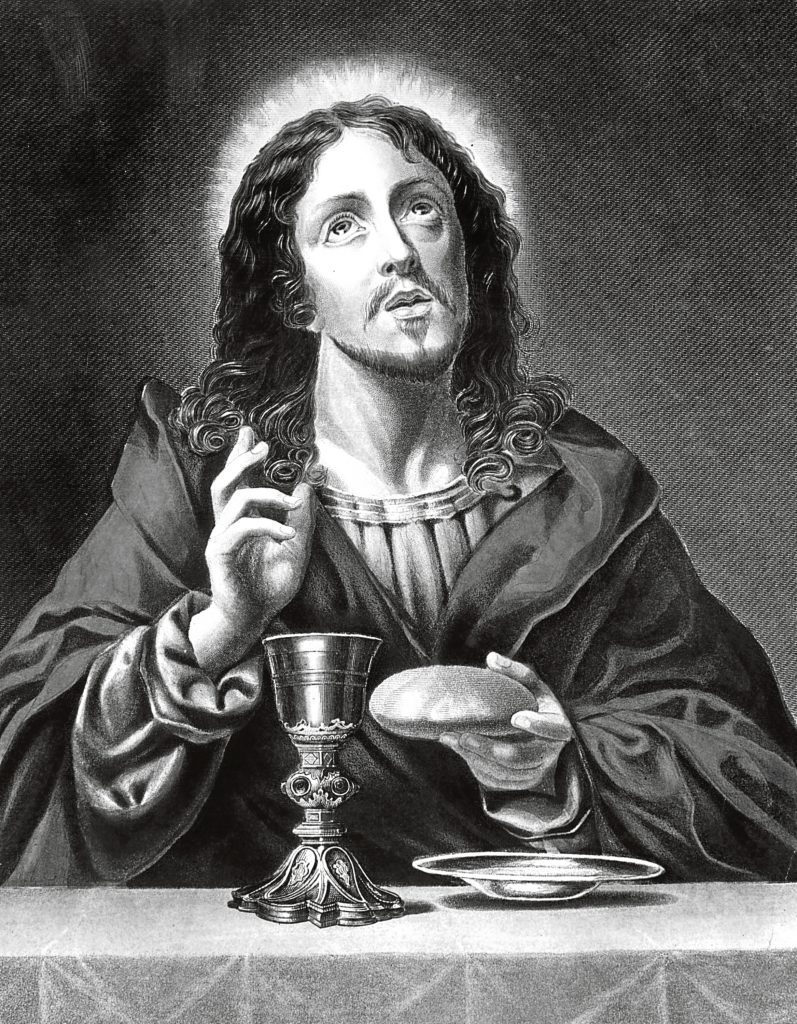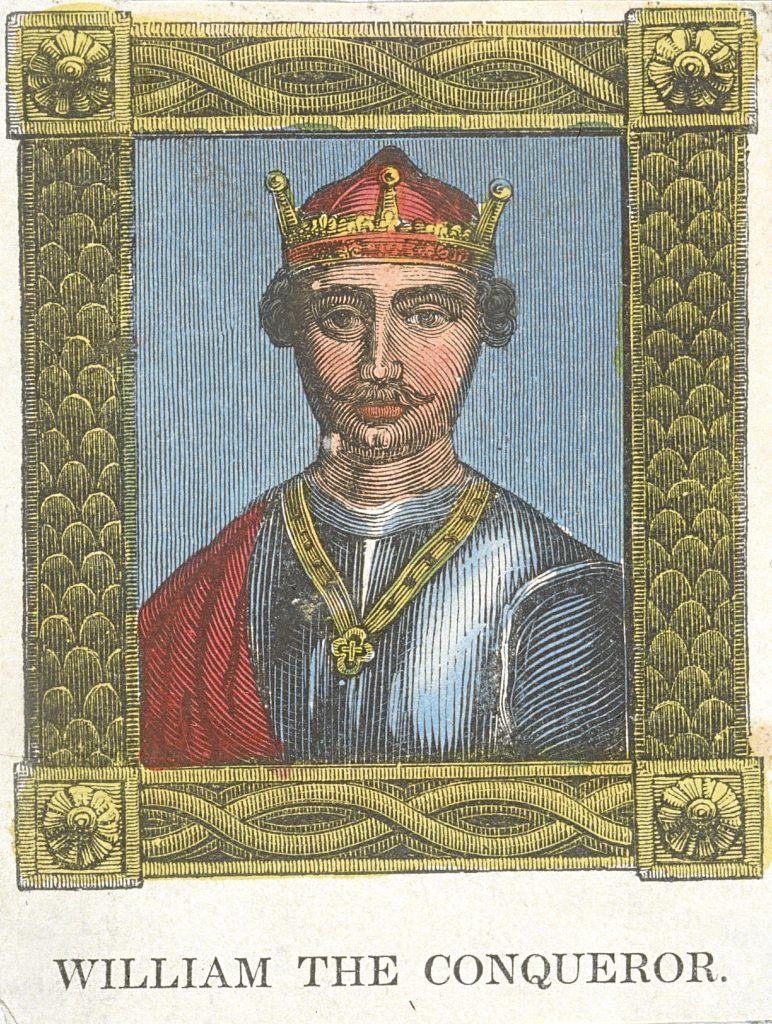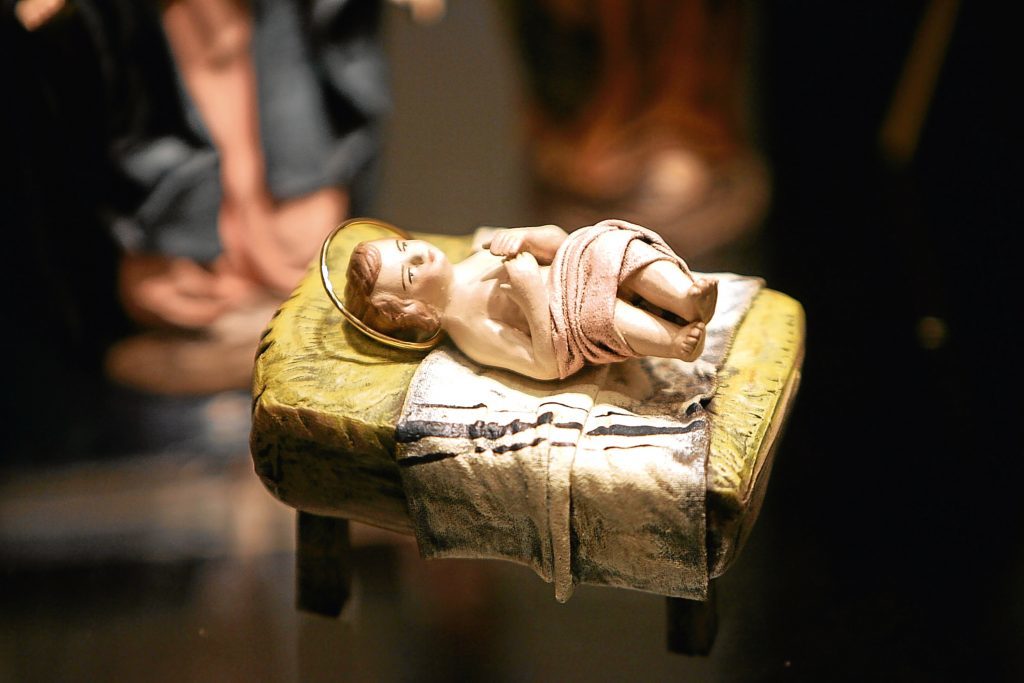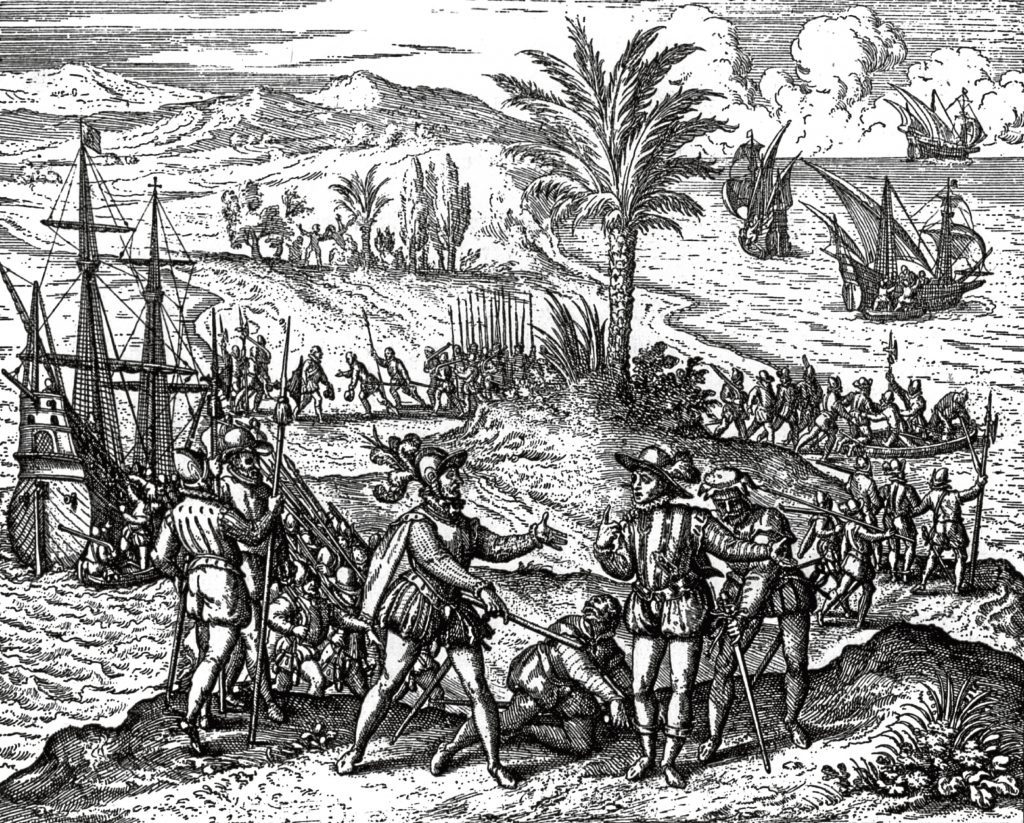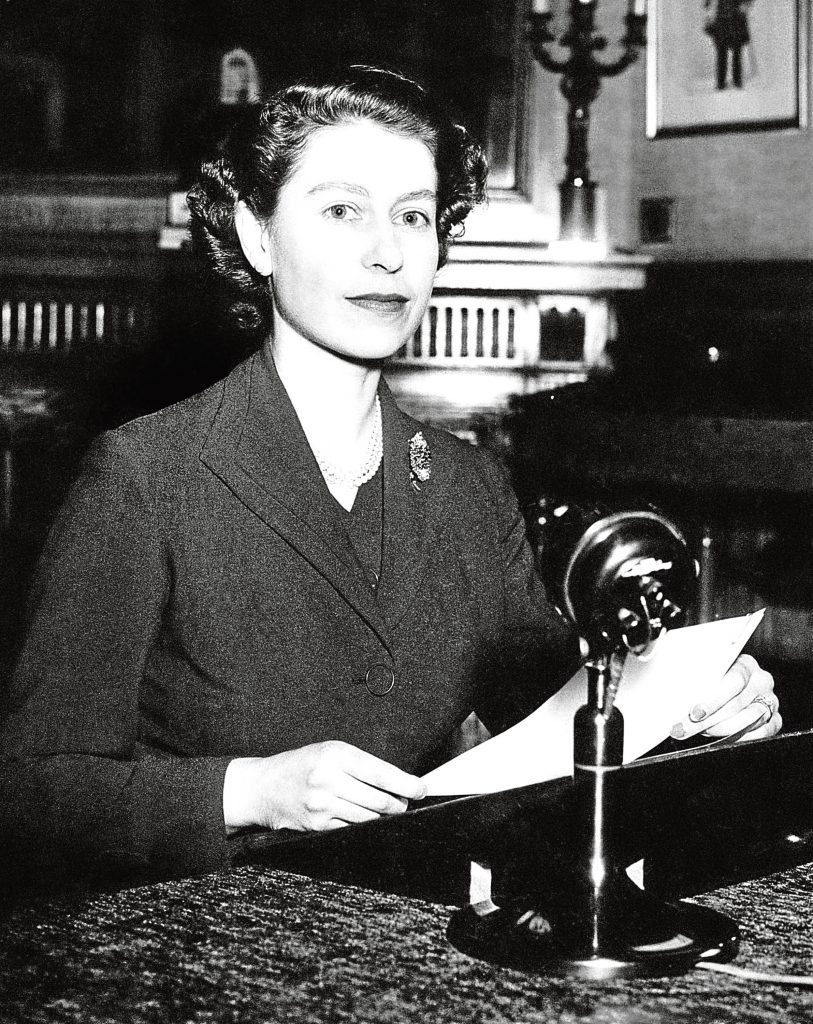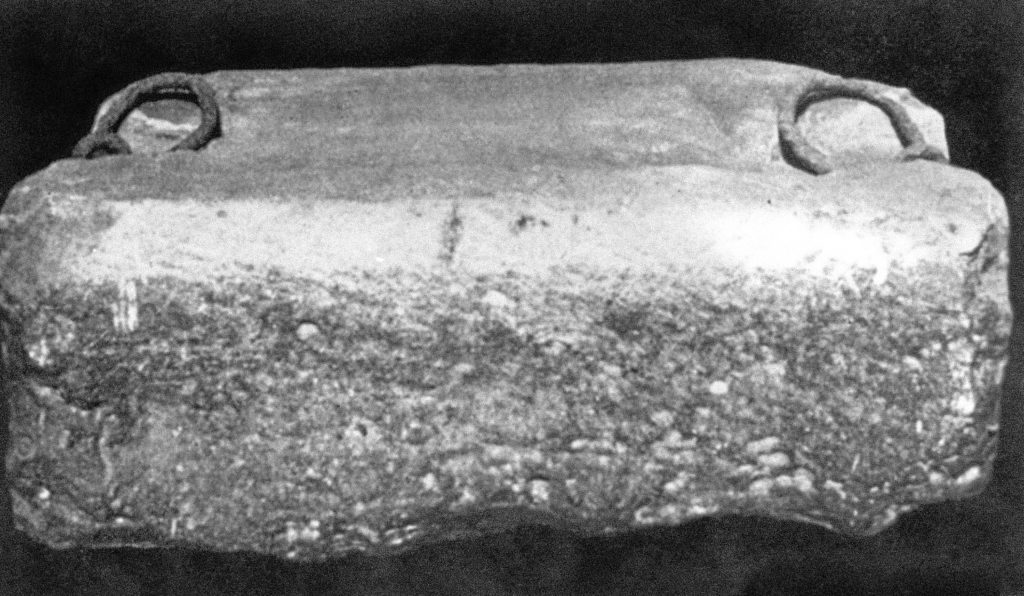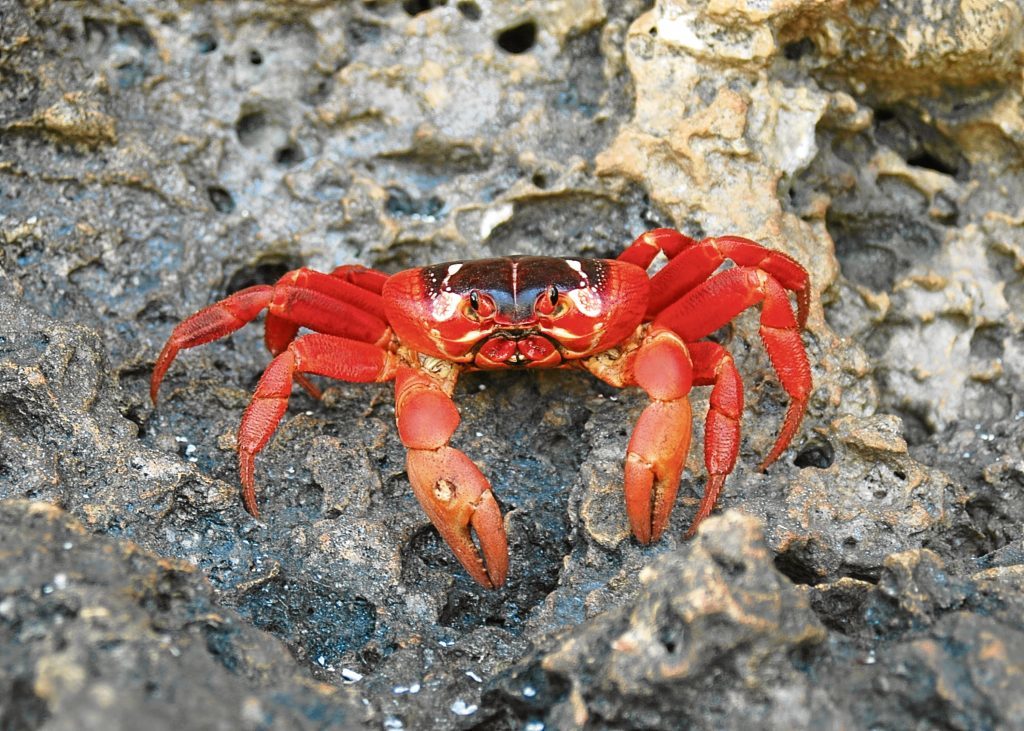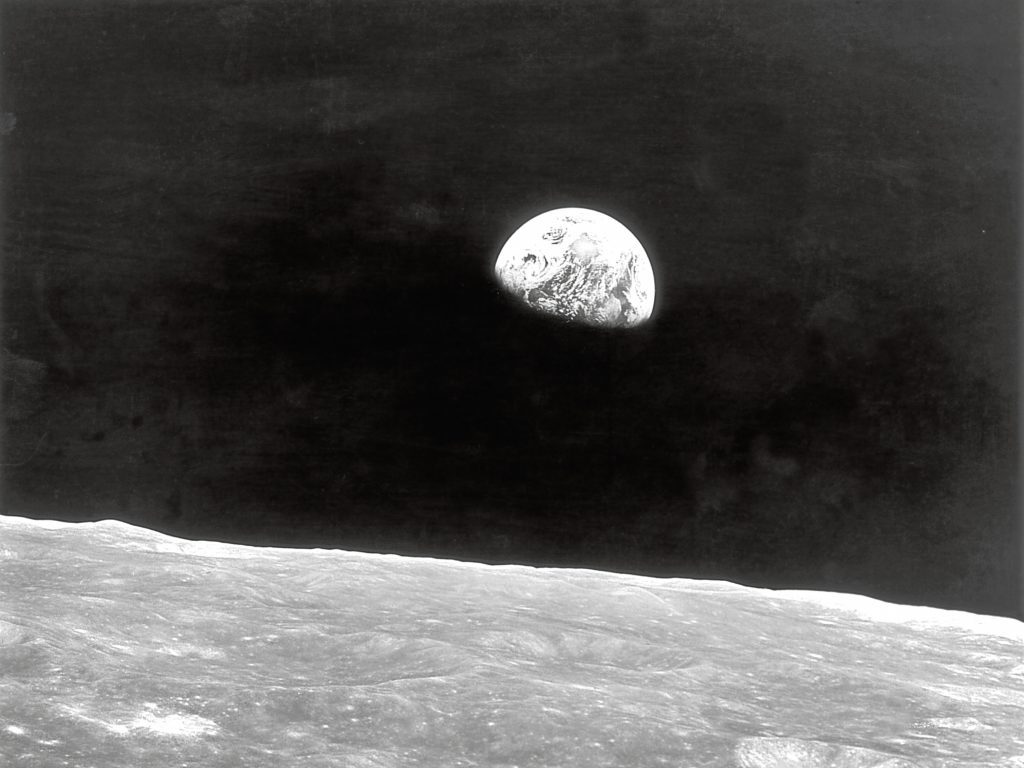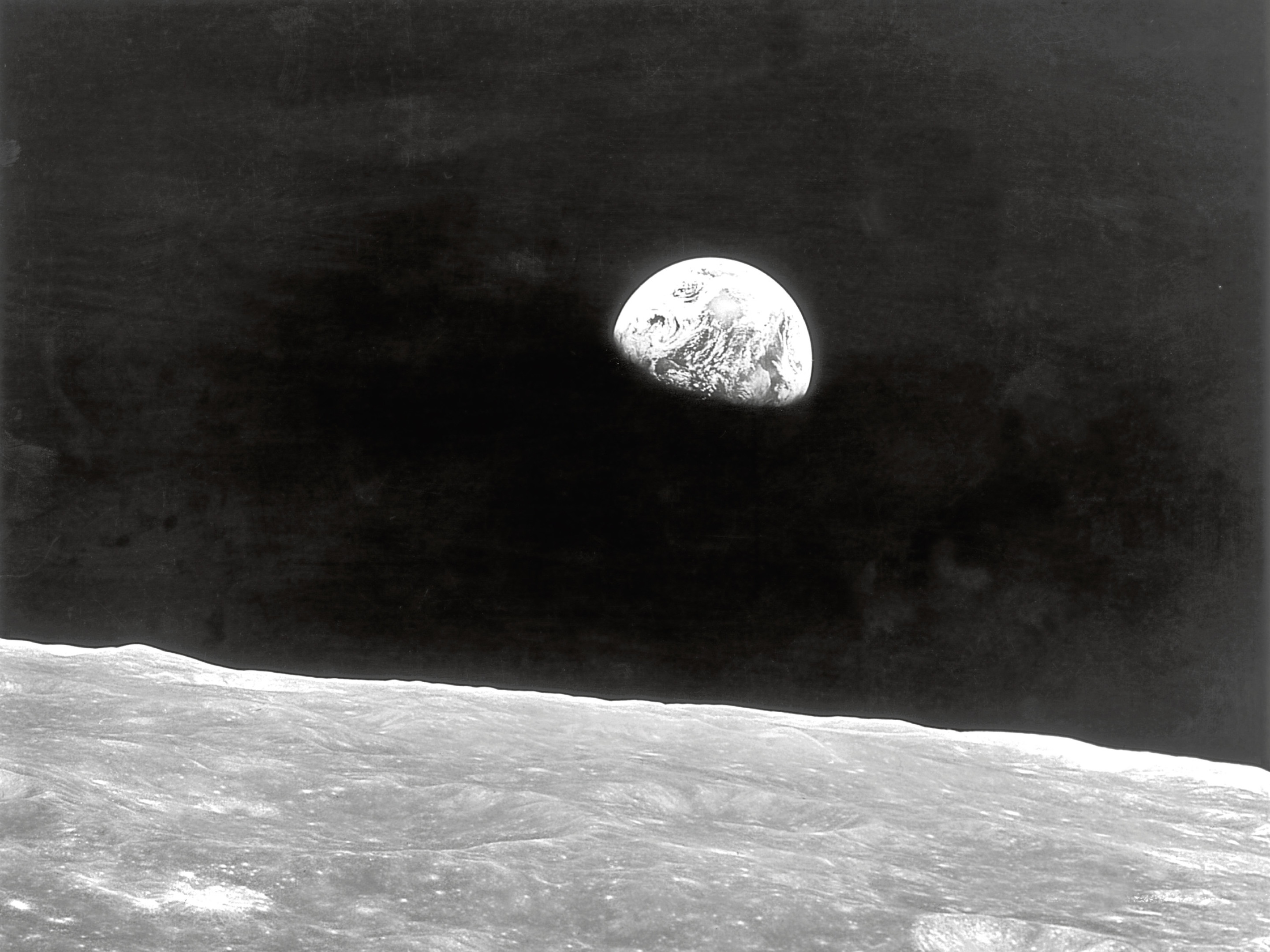
WE celebrate and have a holiday every year at the same time.
But what else is December 25 famous for?
We’ve picked some notable events from this special day of Christmas . . .
WHY DECEMBER 25?
No-one actually knows what time of the year Jesus was born.
The early church wasn’t even curious about it, and two of the Gospels don’t even mention his birth.
Clement of Alexandria, writing around AD200, muses about some possible dates, but December 25 isn’t one of them.
There was an early belief that the Annunciation took place on March 25. Add nine months and it’s December 25.
The earliest mention of the December date is not until the middle of the fourth century, when a Roman almanac for AD336 notes on the date: “Christ was born in Bethlehem of Judaea.”
It wasn’t until the 12th century that the idea was put forward that Christians may have appropriated existing pagan festivals.
WILLIAM THE CONQUEROR
William took a break from conquering to have himself crowned King of England in the new Abbey of Westminster, on Christmas Day, 1066.
Traditionally, the Archbishop of Canterbury officiated, but the Archbishop at the time wasn’t a fan and refused to play ball, so the Archbishop of York did the deed instead.
When the congregation was asked if they accepted William as King, the affirmative response was so loud, the soldiers outside thought a riot had begun.
Jumpy from all the conquering that had been going on they started to set fire to the houses around the Abbey.
Some Normans ran into the Abbey to defend their supposedly-threatened King.
This gave the congregation the impression that they were being attacked and they dashed out and joined in the riot.
William, however, calmly stayed where he was and was crowned King of England in an almost-deserted Abbey.
THE FIRST NATIVITY SCENE
People who lived before the 13th century had never seen the Nativity displays we know and love.
St Francis of Assisi visited the traditional birthplace of Jesus and was so inspired that in 1223 he set up a “living” Nativity scene in a cave near the village of Grecio, in Italy.
Not only were people involved, but also a cow and a donkey, complete with the obligatory straw and manger.
It’s from St Francis that we get the tradition of animals being in the stable at the time. They are not mentioned as being present at all in the Gospel accounts.
COLUMBUS AND THE SANTA MARIA
Quite a lot happened to Columbus and his crews when they sailed the ocean blue in 1492.
The King and Queen of Spain sent Columbus off to find a trade route to India but he ended up instead amongst the islands of the Caribbean.
The Santa Maria was the largest of the three ships in the expedition.
In December 1492, Columbus, on the Santa Maria, was exhausted and, late on Christmas Eve, he lay down for a doze.
Unfortunately, so did the helmsman. A cabin boy was left in charge and the inevitable happened. The ship ran aground on Christmas Day off the island of Hispaniola.
Columbus made the best of it and ordered the timbers to be salvaged and used them to construct a fort on the island.
Appropriately, Columbus called this fort La Navidad, the Spanish for Christmas.
THE SOVEREIGN’S CHRISTMAS MESSAGE
For many people in Britain, Christmas dinner is followed by watching the Queen’s Christmas message.
King George V started this tradition, and the first broadcast was on radio in 1932.
It might have been years earlier had the King not refused the idea in 1922, when John Reith, founder of the BBC, suggested it.
Thanks to encouragement from his wife Queen Mary, the King read his address live from Sandringham.
All possible measures had been taken to ensure that everything went smoothly.
However, on this occasion, the King was about to speak when his chair collapsed!
George VI made his first broadcast in 1939. Queen Elizabeth II made her first broadcast in 1952.
THE STONE OF SCONE
Tradition says that this piece of red sandstone is the coronation seat on which the kings of Scotland were crowned and was kept at Scone Abbey, near Perth.
In 1296, it was captured by Edward I, and whisked away to Westminster Abbey.
On Christmas Day, 1950, four Scottish nationalist students stole it from its resting place of more than 650 years, beneath the coronation chair.
After months of searching, it was left at the Abbey of Arbroath.
After the coronation of Elizabeth II, the stone was returned to Scotland, although Westminster Abbey can “borrow” it again if they need to!
CHRISTMAS ISLAND
On Christmas Day 1643, Captain William Mynors, in the Royal Mary of the East India Ship Company, sailed past a rugged island, a dot in a remote part of the Indian Ocean.
Steep cliffs fringed its coastline so he didn’t attempt to land.
Mynors named it Christmas Island before he sailed on.
The island was uninhabited and human footprints were not made on the soil until 1688 when a crew from an English buccaneer ship Cygnet weighed anchor on the west coast.
Every November, Christmas Island is host to the annual migration of the native red crabs.
They swarm in their millions to the sea where they mate and spawn.
EARTHRISE
The Apollo 8 space mission during Christmas, 1968, was the first time any human had left the Earth’s orbit, reached the moon and returned safely home again.
As the craft orbited the moon, an excited Commander Boreman took a photograph that has become iconic — the image of the Earth rising in the sky above the curvature of the moon.
This image has become known as Earthrise. This was the first time the human eye had seen the complete Earth as a globe spinning in space.

Enjoy the convenience of having The Sunday Post delivered as a digital ePaper straight to your smartphone, tablet or computer.
Subscribe for only £5.49 a month and enjoy all the benefits of the printed paper as a digital replica.
Subscribe